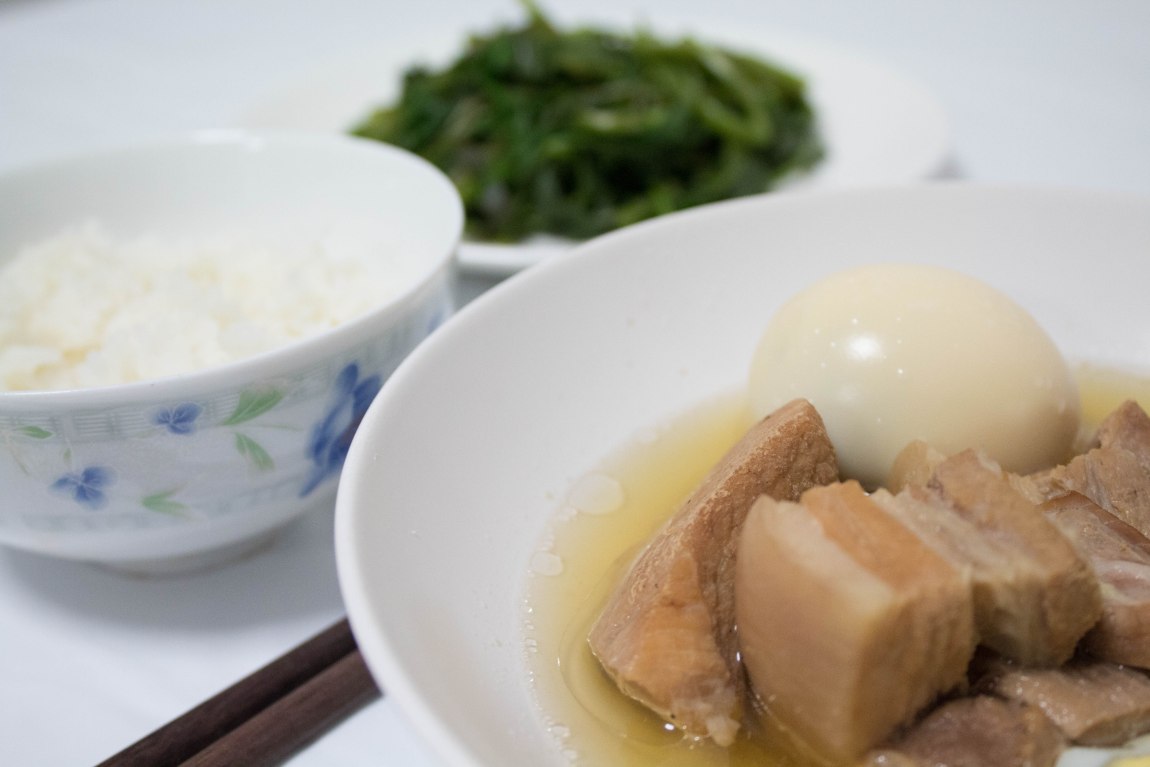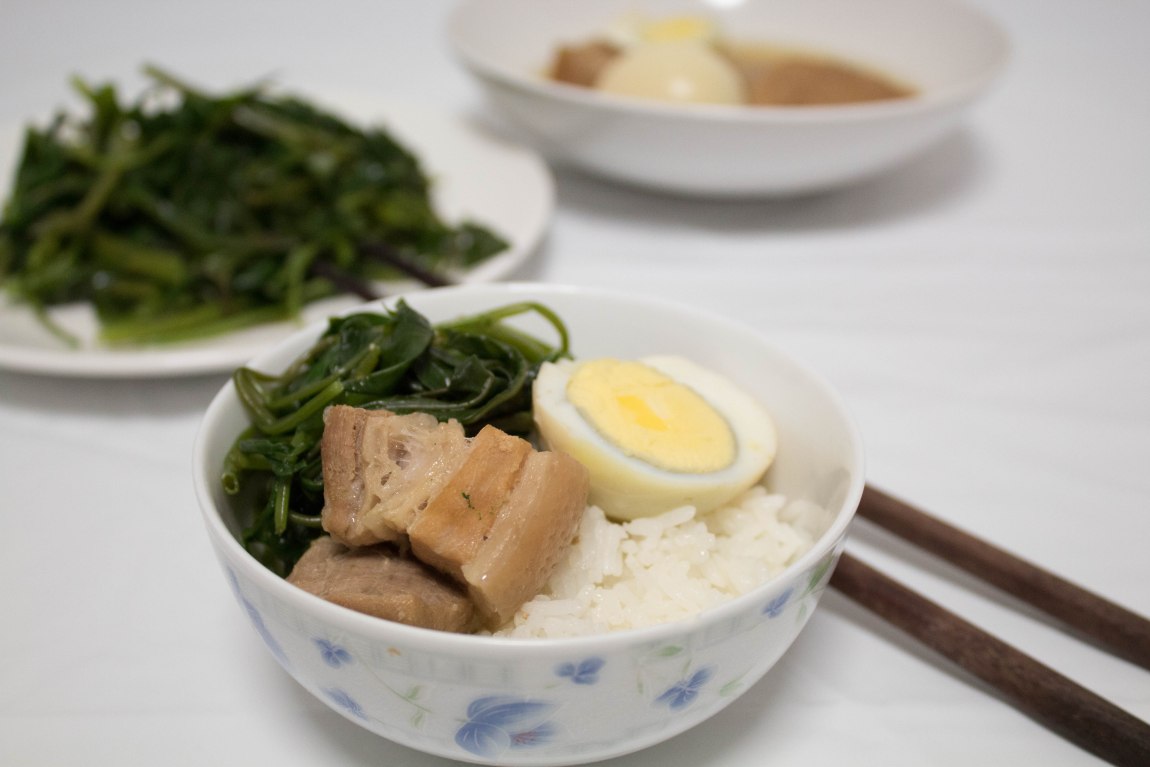Dear reader, one more week before Chinese New Year comes, blasting the streets with upbeat festive music and dragon dance drums. Have you decided on the reunion dinner menu? Where will it be this year? Have you gone to the bank to exchange new notes for ang-baos? Is the house ready to welcome the year of the rooster?
Whenever I think of the holiday, endearingly known to me as Tết, all my senses are awaken. I remember plucking the smooth but edgy leaves from our apricot blossom tree so the flowers would bloom at the right time (our tree has a punctuality issue). After we finished the task, the whole yard was blanketed in a green carpet that dispensed a weirdly grassy smell that reminds me of the after-rain feeling. Once we stepped inside the house, our nose was greeted with another layer of air filled with a combination of flowers for the altar, pickled scallion heads and coconuty, garlicky braised pork. And speaking of braised pork, if one day there is a technology that allows us to capture aromas like how cameras capture photos, I’ll definitely use that to save braised pork scent and its variations. Nothing screams Tết more than braised pork in coconut water (or as we call it thịt kho tàu).

The combination of fatty and lean pork gives the gravy (or should I say broth) a certain level of smoothness that cannot be achieved with only lean meat. Even if you bear an intolerable hatred for fat, I urge that you make this with at least ¼ pork belly. The tip for a clear broth is to blanch the meat and wash off the debris before marinating. Also, remember to adjust the heat and let the braise simmer, not violently boil. The use of coconut water will produce a vibrant golden color. Apparently it is a result from the interaction with sugar and fish sauce, according to my aunt, who enthusiastically shared this finding from her empirically successful study (sample size: a zillion pots of thịt kho she has ever made; methodology: just do it.) During the cooking process, if you loathe seeing disintegrated fat pieces floating about, discard them, but I know I won’t. Like other stews and braises, thịt kho tàu gets better with time, and at each stage of its service to the holiday, you get a different treat for your senses. A young pot of thịt kho gives a sweet garlicky coconuty smell, while a mature one leans toward a more porky-fish saucy side. Either way, the broth is perfect as a dipping sauce to steamed and pickled vegetables. Go ahead and slather it onto your rice, it won’t mind. Dress your egg noodle, sprinkle some ground black pepper and fried shallots on top? Please feel free to do so. You won’t regret. As you breathe in the wonderful smell of goodness, pay attention to the texture. The meat will soften and flake beautifully. The eggs will harden, absorbing the essence of the dish. Overcooked hard-boiled eggs: bad; overcooked hard-boiled eggs in thịt kho: good.

Another Tết that I’m far away from my family, but don’t feel sorry for me. Until an advanced olfactory technology is invented, I’m just going to turn on the stove, let that braise simmer away and take me home.
What you’ll need
200 gr pork belly, cut into pieces about 4-cm thick
300 gr lean pork, cut into pieces about 4-cm thick
Marinate
10 gloves of garlic, peeled and smashed
1 tbsp sugar
2 tbsp fish salt
½ tspn salt
3 1/2cups coconut water
6 hard-boiled eggs, peeled
Here’s how
- Blanch the meat in boiling water until its color turns to greyish-whitish.
- Remove the meat from the hot water and wash off all the debris under cold water. Let it drain for a while and marinate with the mixture for at least 30 minutes.
- Let the coconut water simmer in a pot. As it starts to boil, drop in the meat.
- Turn the heat to medium low and simmer for one hour or until the meat softens.
- When you are about to turn off the heat, drop in the eggs and adjust seasoning to taste.






